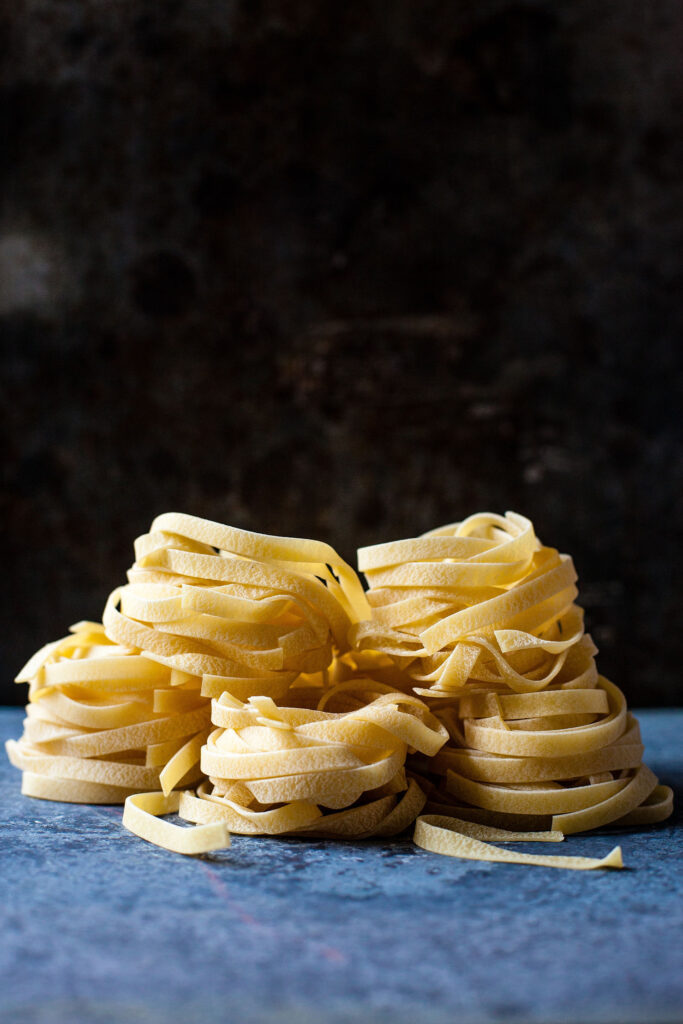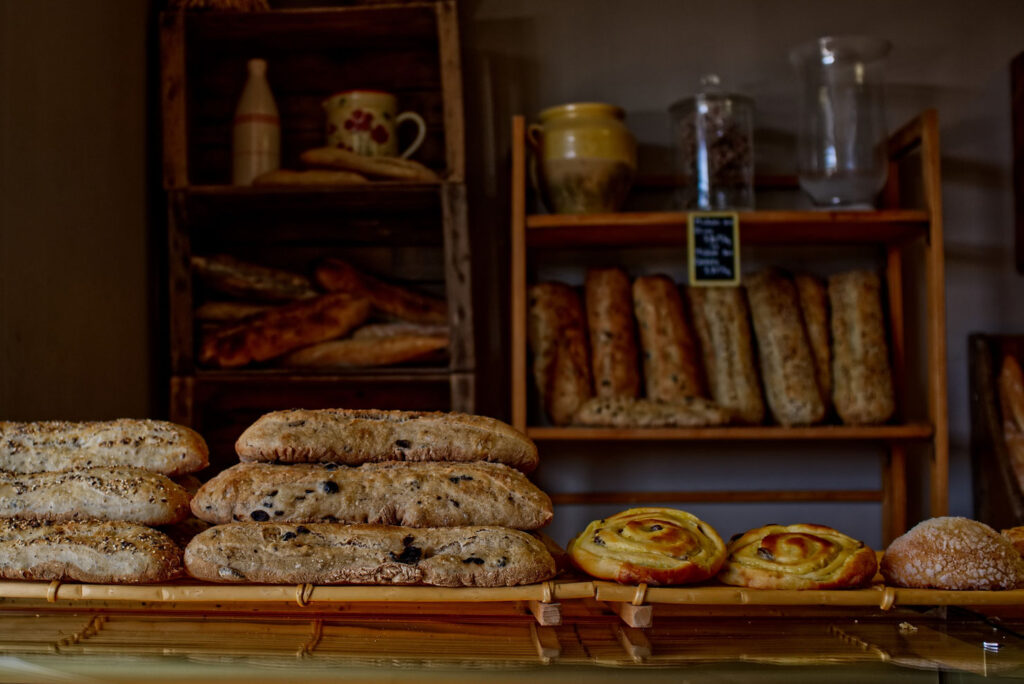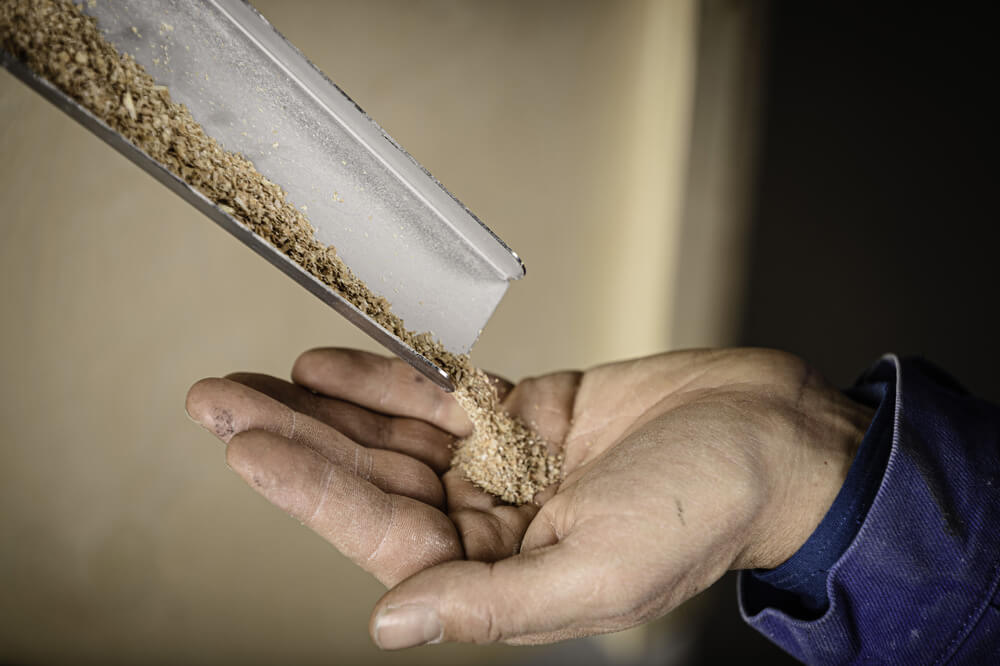We strongly advise you to read the article ‘The difference between professional flour mills’ before reading this article. Understanding the difference between mills is crucial to understanding our advice today.
As a reminder, here is a summary of this article:

Step 1: Which cereals do you want to crush?
Do you want to crush a wet cereal, for example to make mustard? Choose a mill with stone wheels or a cylinder specifically for wet cereals. There’s no need to turn to Astrié mills – they won’t be able to meet your needs because they’ll clog up on the first try and won’t be able to satisfy you.
You want to crush dry cereals (12-15% moisture content): soft wheat, durum wheat, spelt, small spelt, durum wheat, barley, buckwheat, maize, rye, chestnuts, chickpeas, buckwheat… here you can opt for a cylinder mill, a stone mill or an Astrié-type flour mill.
Step 2: How much flour do you need and how often?
It’s all in the title! It’s all about knowing not only how many kilos or tonnes of flour you’ll need, but how often. It’s different to need 20 kilos of flour every day or 6 tonnes of flour just once a month.
Take the time to ask yourself! This is often linked to your flour storage capacity on your premises and the freshness of the flour your customers expect.

Choose an Astrié flour mill if you want to :
- Between 15 and 30 kilos of flour every hour
- Between 90 and 180 kilos of flour in a day
- Between 450 and 900 kilos of flour per week, if you run the mill 5 days a week
- Between 1.6 and 3 tonnes of flour per month, with the mill working 20 days a month
Need more flour? You can opt for :
- a small mill equipped with several Astrié mills working together or separately
- a larger stone mill
- call on the services of a cylinder miller.
Step 3: What type(s) (ash content) of flour do you want to sell or process?
The important thing now is to ask yourself ‘who is going to use this flour? Are you going to process this flour directly on site (bread, pasta, biscuits)? Are you going to sell the flour? Will you do a bit of both?
It’s important to know that the ash content is a standard that was established for cylinder mills. It remains a standard used in milling because it provides a reference. However, when milling with stone millstones (traditional or Astrié), it’s vital to take a step back, because the milling process is different and the quality of your flour will certainly enable you to obtain a much higher quality flour with the same or equivalent ash content. That’s why we say ‘equivalent’ and not identical ash content.
If you haven’t already done so, we advise you to read the article ‘What is the ash content?’, written recently on this subject!
You want to make flour:
- equivalent to T65 ash content
- equivalent to an ash content of T80
- ash equivalent T110
- ash equivalent T130
- ash equivalent T150
you can then choose an Astrié mill
I want to make several types of flour:
The advantage of an Astrié mill in this case is that you can buy a single mill and make several different types of flour at the same time. You buy different sieves at the time of purchase (or at a later date) and simply changing the sieves will enable you to obtain different types of flour.




